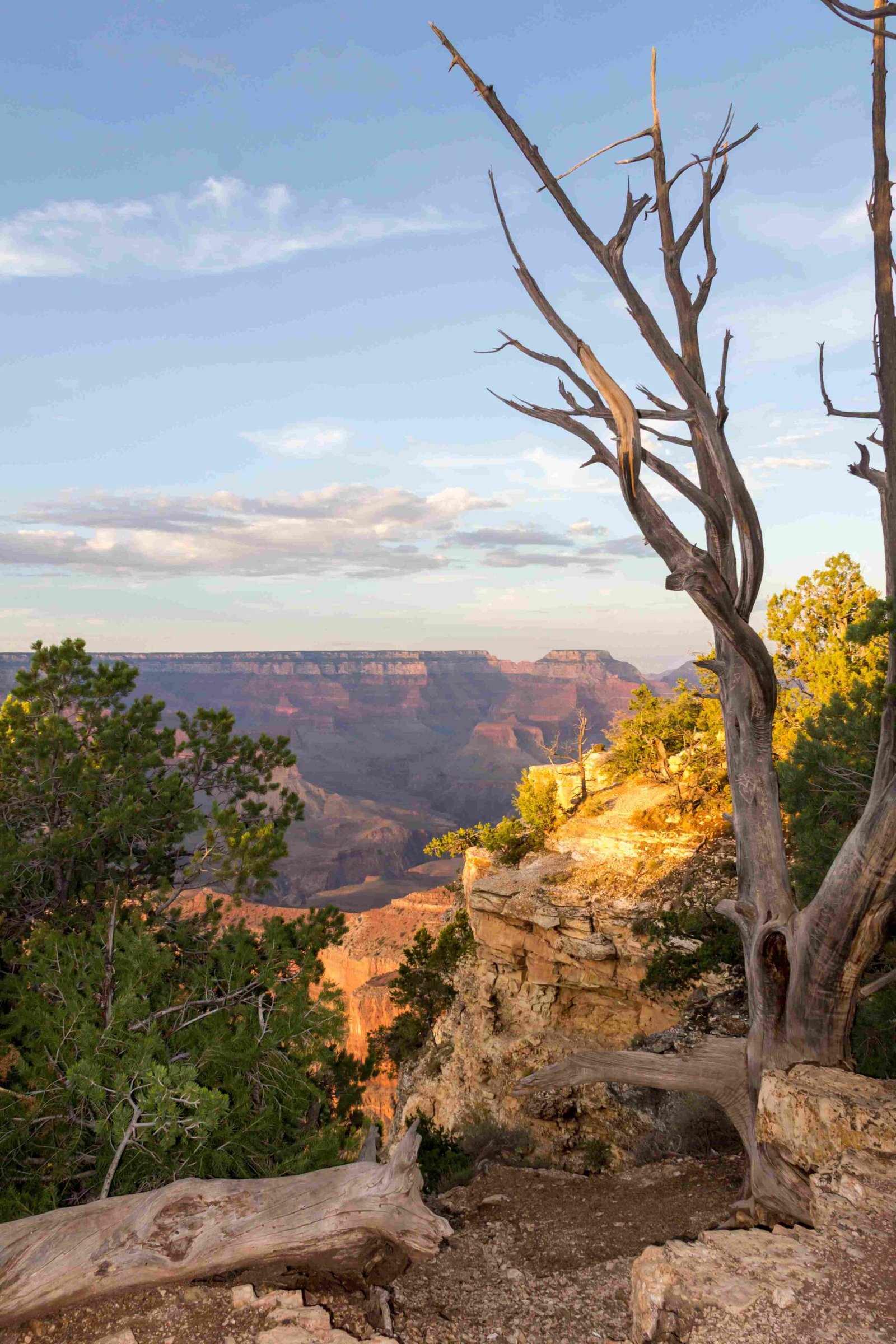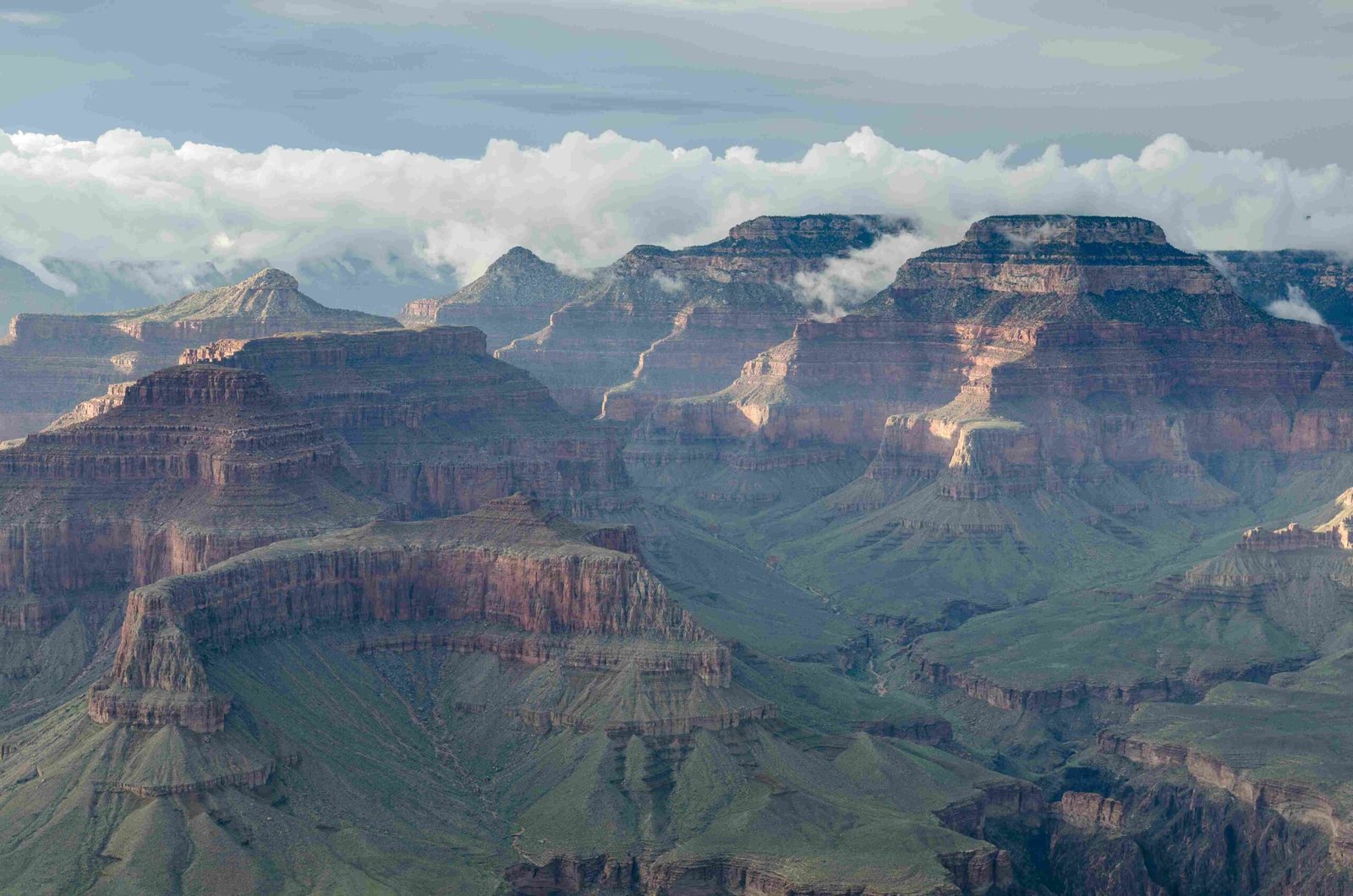The Grand Canyon stands as a remarkable geological archive, offering an unprecedented window into Earth’s past spanning nearly two billion years. Its intricate rock layers, preserved fossils, and complex geological formations serve as a natural museum, documenting dramatic environmental changes, ancient ecosystems, and the planet’s transformative geological processes.
How Do Rock Layers Reveal Ancient Environments?

The Grand Canyon’s rock formations are like pages in a geological storybook, each layer representing a different chapter of Earth’s history. The oldest rocks, the Vishnu Schist, date back 1.8 billion years and tell a story of volcanic islands colliding with the proto-North American continent.
Key Geological Formations and Their Significance
| Formation | Age | Geological Significance |
|---|---|---|
| Vishnu Schist | 1.8 billion years | Oldest rocks, evidence of continental formation |
| Grand Canyon Supergroup | 1.2-740 million years | Shallow sea sedimentary deposits |
| Redwall Limestone | 310-345 million years | Marine ecosystem fossils |
| Supai Group | 280-310 million years | Transitional marine-terrestrial environment |
What Fossil Evidence Exists in the Grand Canyon?

The canyon’s rock layers are rich with fossil records that provide insights into ancient life:
- Marine Fossils:
- Brachiopods
- Corals
- Trilobites
- Crinoids
-
Gastropods
-
Terrestrial Fossils:
- Reptile tracks
- Fern-like leaf impressions
- Early plant life remnants
How Does Erosion Tell a Story of Climate Change?
The Grand Canyon’s erosion patterns offer critical insights into past climatic conditions:
- Erosion Rate: Approximately 3 centimeters per hundred years
- Canyon Formation: Began 5-6 million years ago
- Climate Impact: Arid conditions contributed to steep canyon walls
What Ancient Ecosystems Can We Reconstruct?
By analyzing stratigraphic layers, scientists can reconstruct complex ancient ecosystems:
- Shallow Sea Environments:
- Mississippian and Pennsylvanian periods
- Diverse marine life
-
Complex underwater ecosystems
-
Terrestrial Landscapes:
- Early reptile habitats
- Primitive plant communities
- Transitional ecological zones
Why Is the Grand Canyon a Unique Geological Record?
The Grand Canyon provides an unparalleled, continuous geological record because:
- Minimal tectonic disturbance
- Extensive exposed rock layers
- Preservation of diverse fossil evidence
- Comprehensive representation of geological time
Scientific Methodologies for Studying the Canyon
Researchers use multiple techniques to extract information:
- Radiometric dating
- Fossil analysis
- Stratigraphic mapping
- Geochemical investigations
Conclusion: A Living Geological Museum
The Grand Canyon is more than a scenic wonder—it’s a comprehensive geological library that allows scientists to read Earth’s complex history, understanding environmental changes, ecosystem evolution, and planetary transformations across millions of years.

